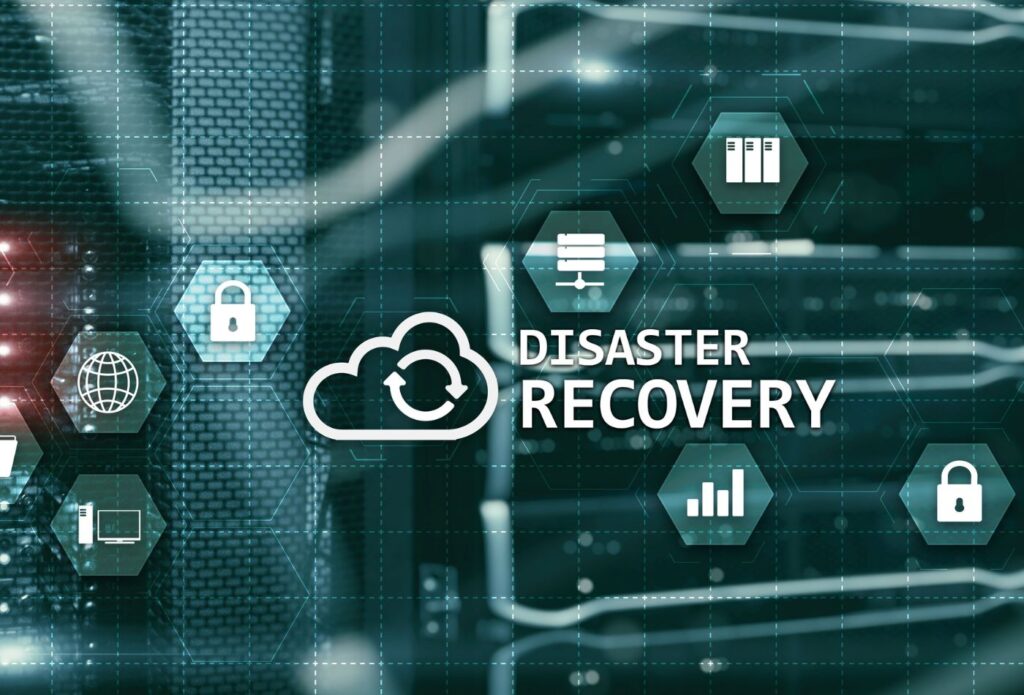Introduction
In today’s digital landscape, data is one of the most valuable assets for businesses. Whether it’s customer information, financial records, or internal documents, losing data due to a disaster can have severe consequences. Implementing a solid disaster recovery plan (DRP) is essential to ensure business continuity. CacheBox.io provides a powerful, decentralized, and secure solution for disaster recovery, offering businesses a way to protect, back up, and restore their critical data efficiently.
This guide will walk you through the key steps of implementing a disaster recovery plan using CacheBox.io, covering best practices, automation techniques, and security measures.
1. Understanding Disaster Recovery and Its Importance
A disaster recovery plan is a structured approach to recovering data and restoring business operations after an unexpected event, such as:
- Cyberattacks (e.g., ransomware, hacking attempts)
- Natural disasters (e.g., earthquakes, floods, fires)
- Hardware or software failures
- Human errors (e.g., accidental deletions, misconfigurations)
Without a DRP, businesses risk data loss, downtime, financial loss, and reputational damage. CacheBox.io offers a secure and resilient infrastructure that can help organizations safeguard their critical data.
2. Key Features of CacheBox.io for Disaster Recovery
CacheBox.io provides several features that make it an ideal choice for disaster recovery planning:
Decentralized Storage
Unlike traditional cloud providers, CacheBox.io uses decentralized storage, which distributes data across multiple nodes, reducing the risk of data loss due to a single point of failure.
Automated Backups
Users can schedule automated backups of their files, ensuring that critical data is always recoverable.
Version Control
CacheBox.io maintains file versioning, allowing users to restore previous versions of their files in case of corruption or accidental modifications.
Encryption and Security
With end-to-end encryption, CacheBox.io ensures that your data remains secure and protected from unauthorized access.
Fast Recovery Time
By leveraging a distributed storage network, CacheBox.io enables rapid data retrieval, minimizing downtime.
3. Steps to Implement a Disaster Recovery Plan with CacheBox.io
Step 1: Identify Critical Data and Systems
Not all data requires the same level of protection. Prioritize data that is crucial for business operations, such as:
- Customer databases
- Financial and legal documents
- Application and system configurations
- Employee records
Categorize data based on its importance and regulatory requirements.
Step 2: Set Up Automated Backups
To ensure data availability, configure CacheBox.io to perform automated backups:
- Define backup frequency (e.g., daily, weekly, or real-time backups).
- Choose storage redundancy levels (e.g., multiple node replication).
- Enable versioning to maintain historical copies of files.
- Use automated rules to store specific file types in designated backup locations.
Step 3: Implement Access Controls and Security Measures
Protect your backup data by:
- Enforcing role-based access controls (RBAC) to restrict access to authorized personnel.
- Enabling multi-factor authentication (MFA) for added security.
- Encrypting files before uploading to CacheBox.io to ensure data privacy.
Step 4: Test Disaster Recovery Scenarios
Regular testing ensures that your DRP functions effectively. Conduct simulations for:
- Data corruption or accidental deletion recovery.
- Ransomware attacks and file restoration.
- System failure and rapid data retrieval.
Step 5: Set Up Real-Time Alerts and Monitoring
Use CacheBox.io’s monitoring features to:
- Track backup status and detect anomalies.
- Receive alerts for failed or incomplete backups.
- Monitor access logs to identify suspicious activities.
Step 6: Optimize Storage Costs and Performance
Efficient data management helps balance security and cost-effectiveness. Strategies include:
- Implementing tiered storage to keep frequently accessed files on high-speed nodes.
- Archiving old files that are rarely accessed to lower-cost storage.
- Deleting unnecessary duplicates to optimize space usage.
4. Advanced Disaster Recovery Strategies with CacheBox.io
Using CacheBox.io’s API for Automated Recovery
Developers can integrate CacheBox.io’s API to automate recovery workflows:
- Instantly restore specific datasets using API calls.
- Set up failover mechanisms that automatically switch to backup data when primary data is unavailable.
- Sync files between CacheBox.io and other cloud platforms for added redundancy.
Geo-Redundant Storage for Maximum Protection
CacheBox.io’s decentralized infrastructure allows businesses to store copies of their data in geographically distributed locations, reducing the risk of regional disasters impacting recovery.
Integrating with Third-Party Security Tools
For enhanced security, integrate CacheBox.io with:
- SIEM (Security Information and Event Management) tools to analyze backup logs.
- AI-driven threat detection systems to detect anomalies in stored data.
- Blockchain-based authentication systems for tamper-proof audit trails.
5. Common Mistakes to Avoid in Disaster Recovery Planning
Not Testing the DRP Regularly
Failing to test the disaster recovery process can lead to unexpected failures during a real disaster. Schedule quarterly recovery drills to validate procedures.
Ignoring Data Encryption
Storing backups without encryption leaves them vulnerable to unauthorized access. Always enable end-to-end encryption.
Overlooking Access Controls
Granting excessive access to backups increases security risks. Implement strict role-based access policies.
Failing to Monitor Backup Health
Without proactive monitoring, businesses may not realize a backup has failed until it’s too late. Use CacheBox.io’s monitoring and alerting features to stay informed.
Conclusion
A well-structured disaster recovery plan is crucial for safeguarding business continuity. By leveraging CacheBox.io’s decentralized storage, automated backups, encryption, and API integrations, businesses can ensure quick and reliable data recovery in case of disasters. Start implementing your disaster recovery plan today to protect your data and minimize risks.
With these best practices, CacheBox.io provides businesses with a robust, scalable, and secure solution for disaster recovery—ensuring that data remains safe, accessible, and resilient against any unforeseen event.









